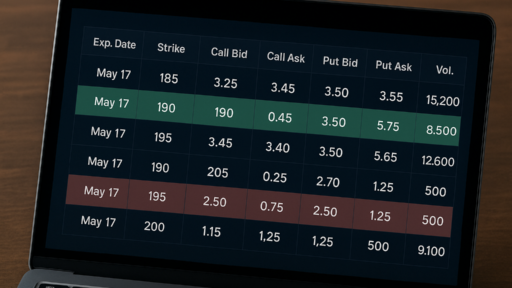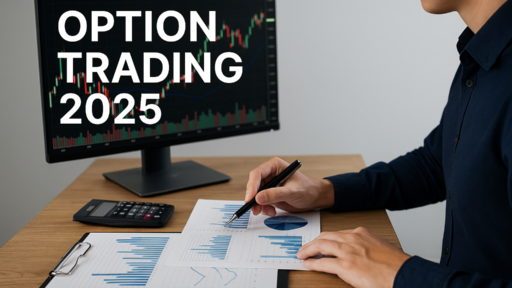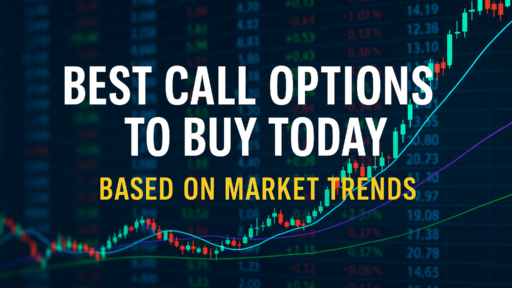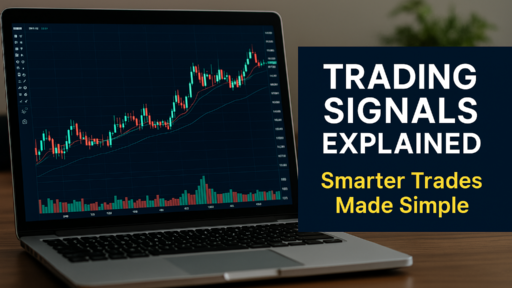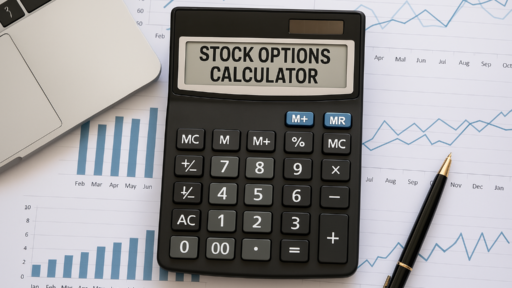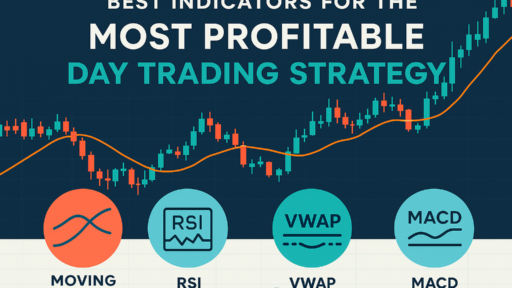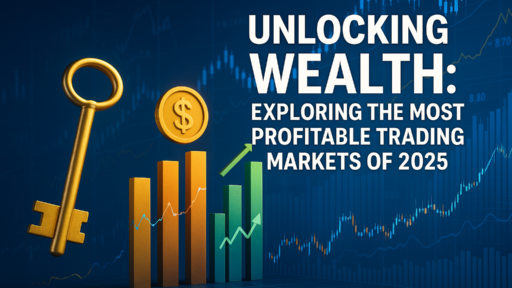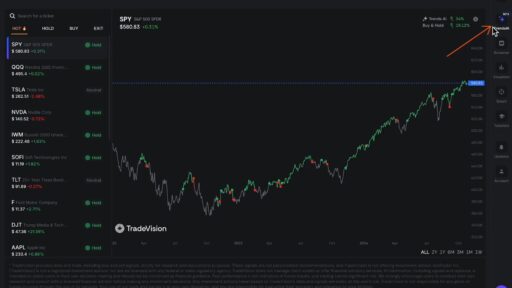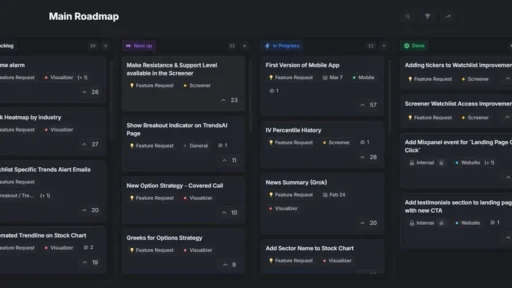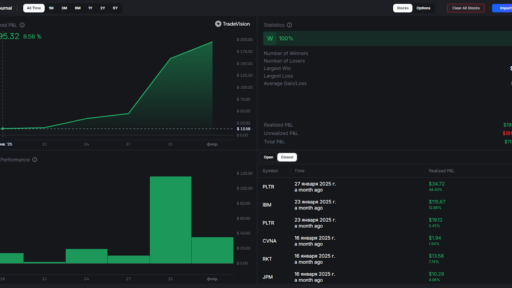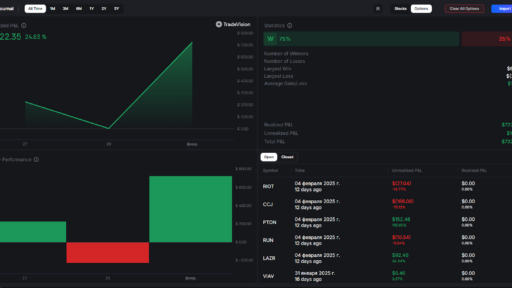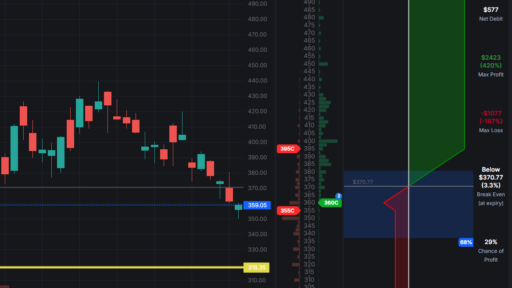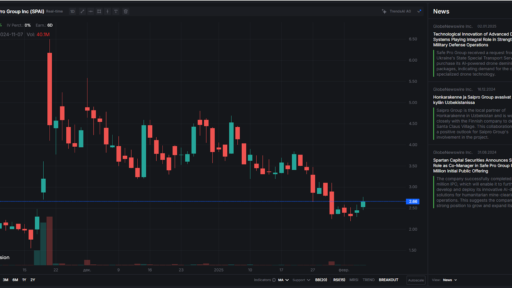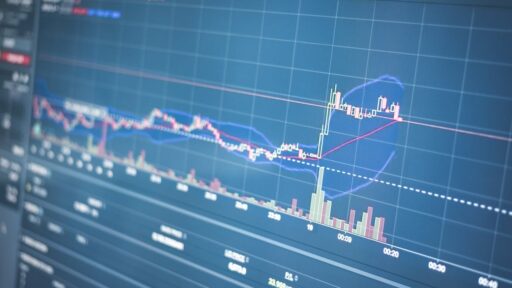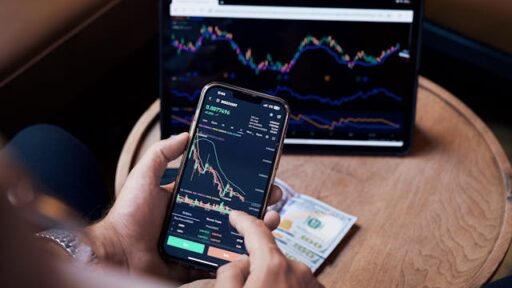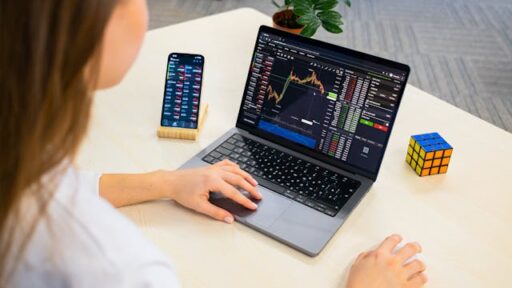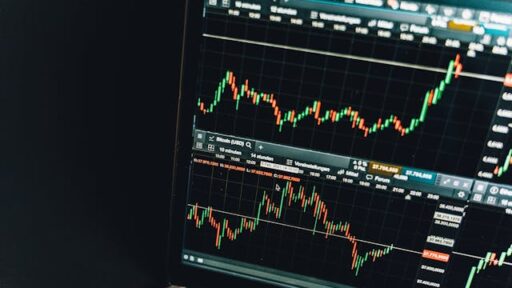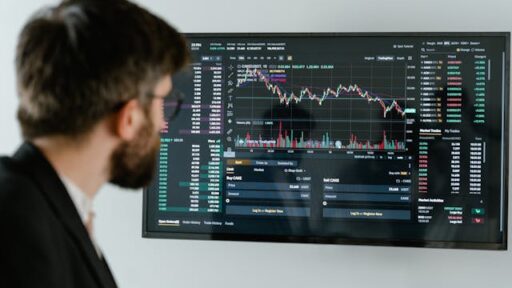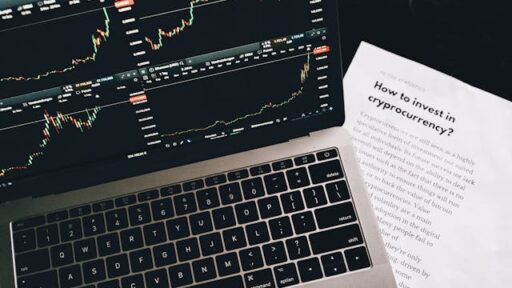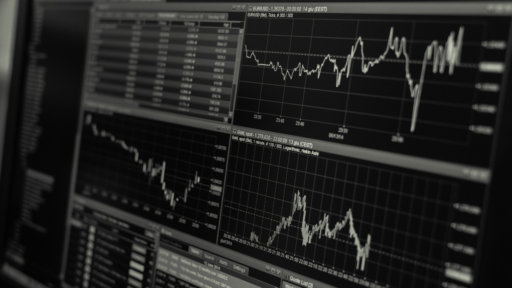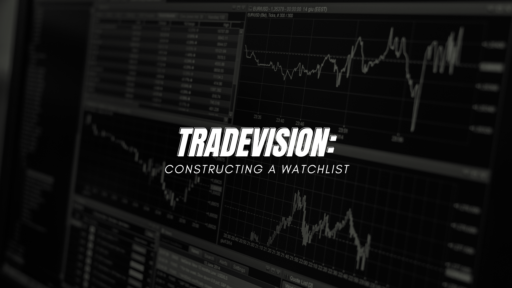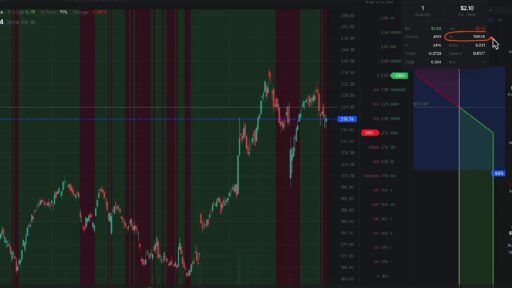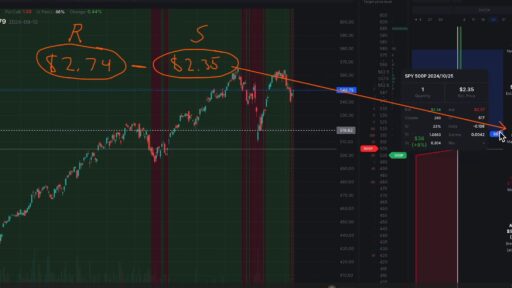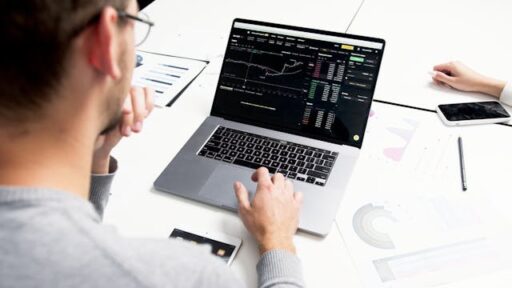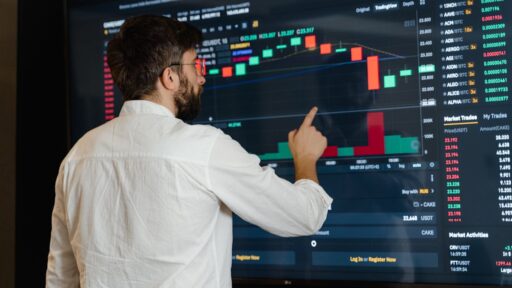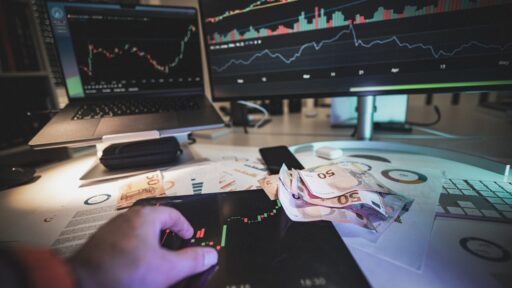In today’s volatile market environment, the old “buy and hold” mentality doesn’t always cut it—especially for traders who crave flexibility, control, and the ability to generate income regardless of market direction. That’s where option trading comes in.
But lately, something interesting has been happening in the U.S. trading scene: traditional approaches are being challenged, AI-driven tools are gaining ground, and retail traders are getting more sophisticated.
If you’ve been keeping an eye on Reddit forums, X (formerly Twitter), or Discord trading communities, you’ve probably noticed the buzz: options are hotter than ever—but not in the same way they were during the meme stock era. Today, it’s all about refining option trading strategies to adapt to fast-moving markets, unexpected macro shifts, and increased institutional activity.
Let’s break down the trends, the shifts in strategy, and why platforms like TradeVision are rising in popularity among modern option traders.
Why Retail Traders Are Rethinking Their Option Trading Strategies in 2025
There’s a growing realization among everyday investors that successful option trading isn’t just about buying calls on hype stocks. The market is too efficient for that now.
Retail traders are rethinking their option trading strategies for a few key reasons:
1. Market Volatility Is the New Normal
From unexpected Fed policy shifts to surprise CPI reports, the market is moving faster—and with more unpredictability—than ever. This has led to an increased interest in straddles, strangles, and iron condors, which benefit from big price swings regardless of direction.
2. Earnings Season Plays Are Getting Smarter
Gone are the days of simply buying calls before earnings. Traders are now studying implied volatility crush, analyzing option chains more carefully, and using strategies like calendars or butterflies to limit risk while targeting premium decay.
3. AI and Backtesting Are Leveling the Playing Field
With platforms like TradeVision offering AI-enhanced insights and backtested strategy builders, retail traders can now model their trades before they execute them—something previously only institutions could afford.
That’s where the shift is happening: from wild speculation to data-informed, multi-leg strategies that minimize downside and exploit inefficiencies.
The New Wave of AI-Enhanced Option Trading Strategies
Artificial Intelligence isn’t just for tech stocks anymore. It’s changing how traders approach the market itself.
Many of the most effective option trading strategies today are being developed using AI tools that can crunch vast amounts of market data to spot patterns, test outcomes, and recommend optimal trade setups.
Here’s how AI is transforming the options space:
1. Backtesting Is Faster (and Smarter)
Instead of relying on anecdotal advice from YouTube gurus, traders can now test strategies like bull put spreads or iron butterflies over 5–10 years of historical data instantly.
2. Trade Signals Are Getting More Accurate
AI models can analyze sentiment data, implied volatility skews, and open interest flows to identify unusual activity or potential setups in advance.
3. Strategy Matching Based on Your Risk Profile
Platforms like TradeVision allow you to input your capital, risk tolerance, and market outlook—and then generate strategy suggestions based on your preferences. It’s like having a personal trading assistant without the hefty price tag.
The result? Traders are no longer guessing. They’re experimenting, learning, and optimizing—leading to more consistent results and smarter trades.

How to Build Smarter Option Trading Strategies in a Post-Zero Commission World
With $0 commissions now standard across major brokerages, the cost of entry for options trading has never been lower. But that doesn’t mean the risks have gone away. In fact, the ease of access has led to a flood of new participants—some of whom jump in without a strategy.
To stand out in this fast-moving landscape, you need smarter option trading strategies that are:
- Defined: Know your entry, exit, max loss, and max gain.
- Risk-Managed: Always use defined-risk trades or proper hedges.
- Adaptive: Market-neutral when needed, directional when appropriate.
Some go-to strategies in this environment include:
Iron Condors – Great for range-bound markets with high implied volatility.
Vertical Spreads – Bull or bear versions let you control risk and reduce capital requirements.
Calendars – A favorite during earnings season or when expecting volatility shifts.
If you’re not already using tools to scan for setups or manage multi-leg trades, now’s the time to upgrade your game. Platforms like TradeVision provide streamlined trade modeling, risk analytics, and real-time insights that help you stay one step ahead.
FAQ: Common Questions About Option Trading Strategies in 2025
Q: What’s the safest option trading strategy for beginners?
A: Credit spreads (like bull put or bear call spreads) are often a good starting point. They’re defined-risk and easier to manage than naked options.
Q: Can you really make consistent income with options?
A: Yes—but it takes a disciplined approach. Income strategies like covered calls and iron condors can deliver regular returns if managed properly.
Q: How do I know which strategy to use?
A: It depends on your market outlook, risk tolerance, and timing. Tools like TradeVision help match strategies to your criteria and test them.
Q: Should I avoid trading around earnings?
A: Not necessarily. Just avoid simple long calls or puts. Look into strategies like calendars or butterflies that handle IV crush better.
Q: What’s the biggest mistake new option traders make?
A: Trading without a plan—or chasing profits without understanding risk. Always define your risk and test your strategy.
Final Thoughts: The Best Option Traders Aren’t Guessing—They’re Strategizing
2025’s market isn’t the same one we saw a few years ago. It’s faster, more complex, and increasingly dominated by data. But for traders who embrace this change and evolve their option trading strategies, the opportunities are still very real.
By leveraging AI-enhanced platforms like TradeVision, retail traders can now approach the options market with the kind of precision and confidence that used to be reserved for hedge funds. From strategy testing to trade automation, it’s no longer about being first—it’s about being right.
So whether you’re tightening your spreads, riding volatility, or just trying to make smarter trades, remember: it’s not just about having a strategy. It’s about having the right tools to refine it.












